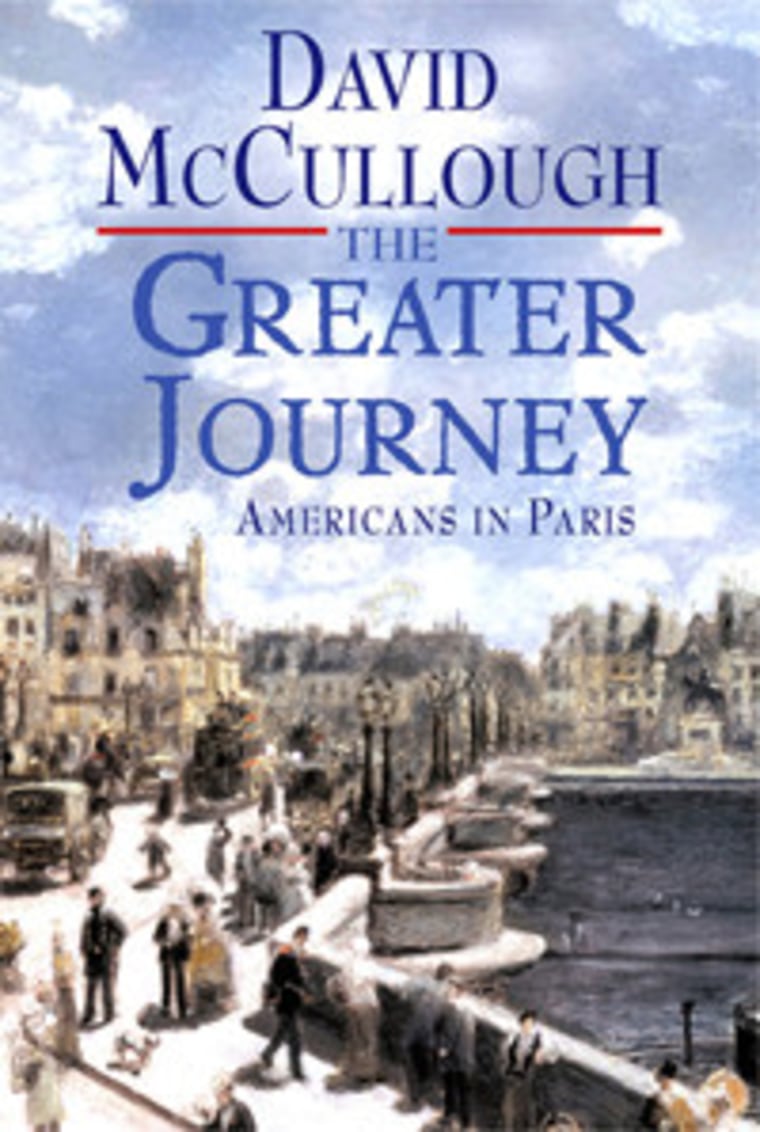Chapter Four
-
The Medicals
In addition to the quality of the hospitals, the number of patients, the ability and eminence of the faculty, and the variety of instruction provided, medical training in Paris offered two further important advantages over medical training in the United States. Both had almost entirely to do with the difference in how people saw things in the two countries.
The first was that students making the rounds of the wards in the hospitals of Paris had ample opportunity to examine female patients as well as men. This was not the case in America, where most women would have preferred to die than have a physician—a man—examine their bodies. It was a “delicacy” nearly impossible to surmount, and as a consequence a great many American women did die, and young men in medical training in America seldom had any chance to study the female anatomy, other than in books.
In France this was not so. “The French woman, on the contrary, knows nothing at all of this queasy sensibility. She has no hesitation, not only to describe, but to permit her physician to see every complaint,” wrote a Philadelphia surgeon named Augustus Gardner, who came to observe medical practice and training in Paris. “In this respect therefore the Paris educated physician enjoys superior advantages to the homebred man.”
The second great difference was in the supply of cadavers for dissection. In the United States, because of state laws and public attitude, dead bodies for medical study were hard to obtain and consequently expensive. Until 1831, trade in dead bodies in Massachusetts had been illegal, which led numbers of medical students of earlier years, including Mason Warren’s father, to become grave robbers. The new Massachusetts law permitted only the use of corpses buried at public expense, which meant mainly the bodies of those who died in prison. New York, too, had such a law and other states—Connecticut, Maine, New Hampshire, Illinois, Tennessee— would follow. In the South it was the general attitude that, with the consent of the slave owner, the body of any slave could be dissected.
In Paris there was not the least prejudice against dissections. Even mortally ill patients in the hospitals, “aware of their fate,” and knowing that two-thirds of the dead were carried off to the dissecting rooms, did not seem to mind. Beyond the hospitals, due in large part to the ravages of disease and poverty, cadavers were readily available and cheap—about 6 francs for an adult, or $2.50, and still less for a child.
John Sanderson, after taking a room in the Latin Quarter, where he was “living a kind of student’s life” near the hospitals, described seeing carts “arrive and dump a dozen or so of naked men and women, as you do a cord of wood upon the pavement,” these to be distributed to the dissecting rooms.
Delivery time for corpses at the Amphithéâtre d’Anatomie, on the rue d’Orléans near the Hôpital de la Pitié, was at noon. Wendell Holmes wrote of how he and a Swiss student split the cost of their “subject” and by evening had “cut him into inch pieces.” Thus could all parts of the human body—nerves, muscles, organs, blood vessels, and bones—be studied, and this, Holmes stressed, could hardly be done anywhere in the world but in Paris.
The size of the stone-floored amphitheater was such that 600 students could practice operations at the same time. The stench in the thick air was horrific. The visiting Philadelphia surgeon Augustus Gardner left a vivid description of the scene.
Here the assiduous student may be seen with his soiled blouse and his head bedecked with a fantastic cap. In one hand he holds a scalpel, in the other a treatise on anatomy. He carries in his mouth a cigar whose intoxicating fumes, so hurtful on most occasions, render him insensible to the smell of twenty bodies decomposing, putrefying around him…Here, too, is the learned professor, who thus prepares himself for a difficult operation by refreshing his anatomy; and thus rehearses his part in the tragedy to be acted on the morrow. The blood and pieces of flesh upon the floor he regards as the sculptor does pieces of flesh upon the floor he regards as the sculptor does the fragments of marble lying round the unfinished statue.
Disposal of the discarded pieces was managed by feeding them to dogs kept in cages outside. In summer, dissecting was suspended, because in the heat the bodies decomposed too rapidly.
For all that was so morbidly unpleasant about work at the dissecting tables—the stench, the smoke—it was far better, every student came to appreciate, that they practice on the dead than on the living. If the work was laborious, they had chosen a laborious profession. For any of the Americans to have given up and gone home would have been easy enough, but there is no evidence any of them did.
